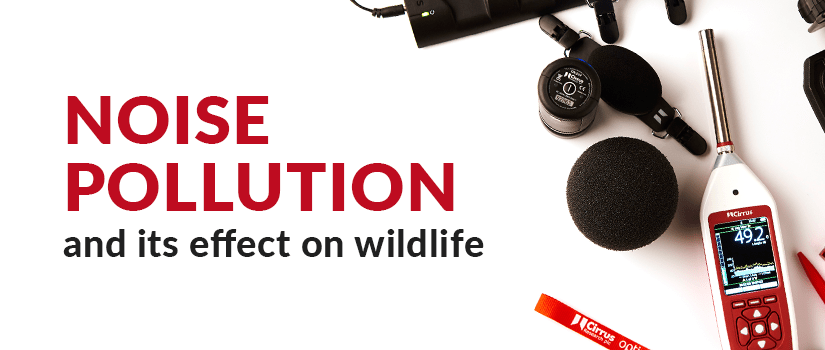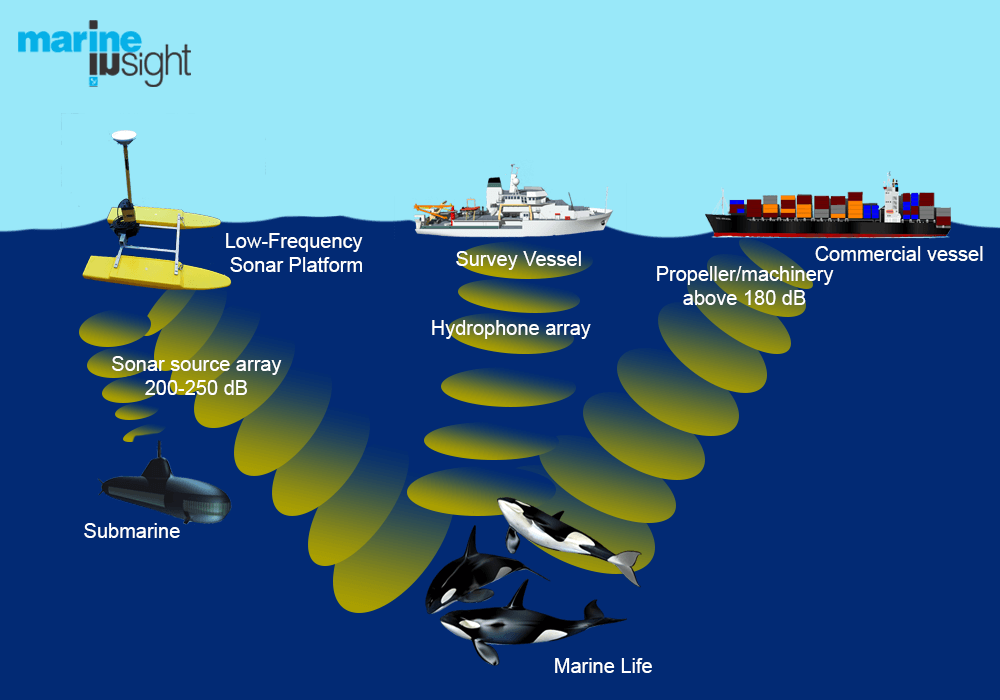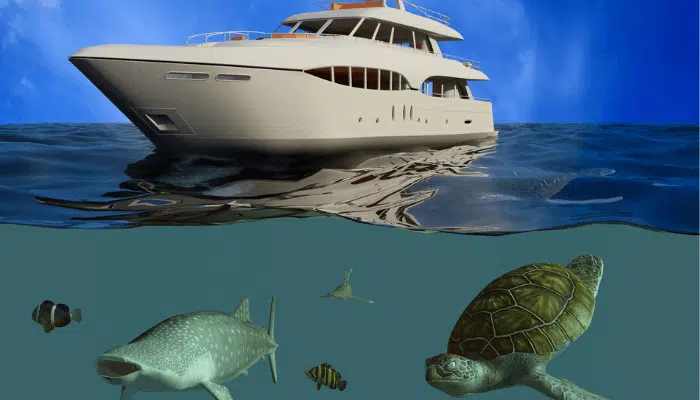




 Whales and dolphins:
Whales and dolphins:A 2023 study published in the journal Marine Pollution Bulletin found that noise pollution from shipping is having a significant impact on the ability of whales and dolphins to communicate and navigate. The study found that even low levels of noise can cause whales and dolphins to change their vocal behavior, which can make it difficult for them to find each other and avoid predators.
A 2022 study published in the journal Biological Conservation found that noise pollution from traffic and other human activities is causing birds to abandon their nests and raise fewer chicks. The study found that birds in noisy environments were more likely to have their nests raided by predators and were less likely to be able to successfully raise their young.
 Fish:
Fish: A 2021 study published in the journal Proceedings of the National Academy of Sciences found that noise pollution from offshore oil and gas drilling is causing fish to lose their hearing. The study found that fish exposed to high levels of noise pollution for extended periods of time had significant damage to their inner ears.
 Amphibians:
Amphibians:A 2020 study published in the journal Nature Ecology & Evolution found that noise pollution from traffic and other human activities is causing amphibians to change their mating behavior. The study found that male amphibians in noisy environments were less likely to call to attract mates and were more likely to make mistakes when calling.
 Insects:
Insects:A 2019 study published in the journal Science* found that noise pollution from traffic and other human activities is causing insects to decline. The study found that insects in noisy environments were more likely to be killed by predators and were less likely to be able to find food and mates.
These are just a few examples of the many ways in which noise pollution can impact wildlife. As human activity continues to expand, it is important to be aware of the impact that noise pollution is having on the natural world and to take steps to reduce our noise footprint.
This can be done by planting trees and shrubs along roadsides, building noise barriers, and reducing the speed of vehicles.
This can be done by using quieter equipment, building noise enclosures, and scheduling noisy activities for times when people and wildlife are less likely to be disturbed. Reduce noise from aircraft and other transportation: This can be done by changing flight paths, using quieter aircraft, and building noise barriers around airports.
This can be done by being mindful of the noise level of our activities, choosing quieter activities, and avoiding noisy activities in areas where wildlife are present.
he Convention on the Conservation of Migratory Species of Wild Animals (CMS) has released a landmark report aimed at addressing a major threat to marine species: noise pollution.
The report, titled "Noise pollution: A threat to migratory marine species and their conservation," highlights the growing body of evidence on the negative impacts of noise pollution on marine wildlife. These impacts include:
Hearing loss: Noise pollution can cause temporary or permanent hearing loss in marine animals, which can impair their ability to communicate, navigate, and detect predators.
Behavioral changes: Noise pollution can cause marine animals to change their behavior, such as avoiding certain areas, increasing their vocalizations, or swimming less actively. These changes can disrupt their feeding, breeding, and migration patterns.
Physical injury: In some cases, noise pollution can cause physical injury to marine animals, such as barotrauma (damage to air-filled spaces in the body caused by sudden changes in pressure) and strandings.
The report also identifies a number of measures that can be taken to reduce noise pollution in marine environments, such as:
Reducing noise from shipping: Shipping is a major source of noise pollution in marine environments. Measures to reduce noise from shipping include using quieter engines and propellers, and changing shipping routes.
Reducing noise from offshore oil and gas activities: Offshore oil and gas activities are another major source of noise pollution in marine environments. Measures to reduce noise from these activities include using quieter equipment and scheduling noisy activities for times when marine animals are less likely to be present.
Reducing noise from coastal development: Coastal development can also contribute to noise pollution in marine environments. Measures to reduce noise from coastal development include using quieter construction methods and creating noise barriers.
The report is a timely and important contribution to the growing body of knowledge on the impacts of noise pollution on wildlife. It is clear that noise pollution is a serious threat to marine species and their conservation, and that action is needed to reduce noise pollution in marine environments.
Many of us have become accustomed to unwanted sounds, but we need to be aware that human-generated sounds change the world around us and impact all animals, even those that seem ubiquitous and plentiful. Morris Animal Foundation hopes filling in the missing research piece of how sound impacts wild animals addresses both health and environmental issues.1